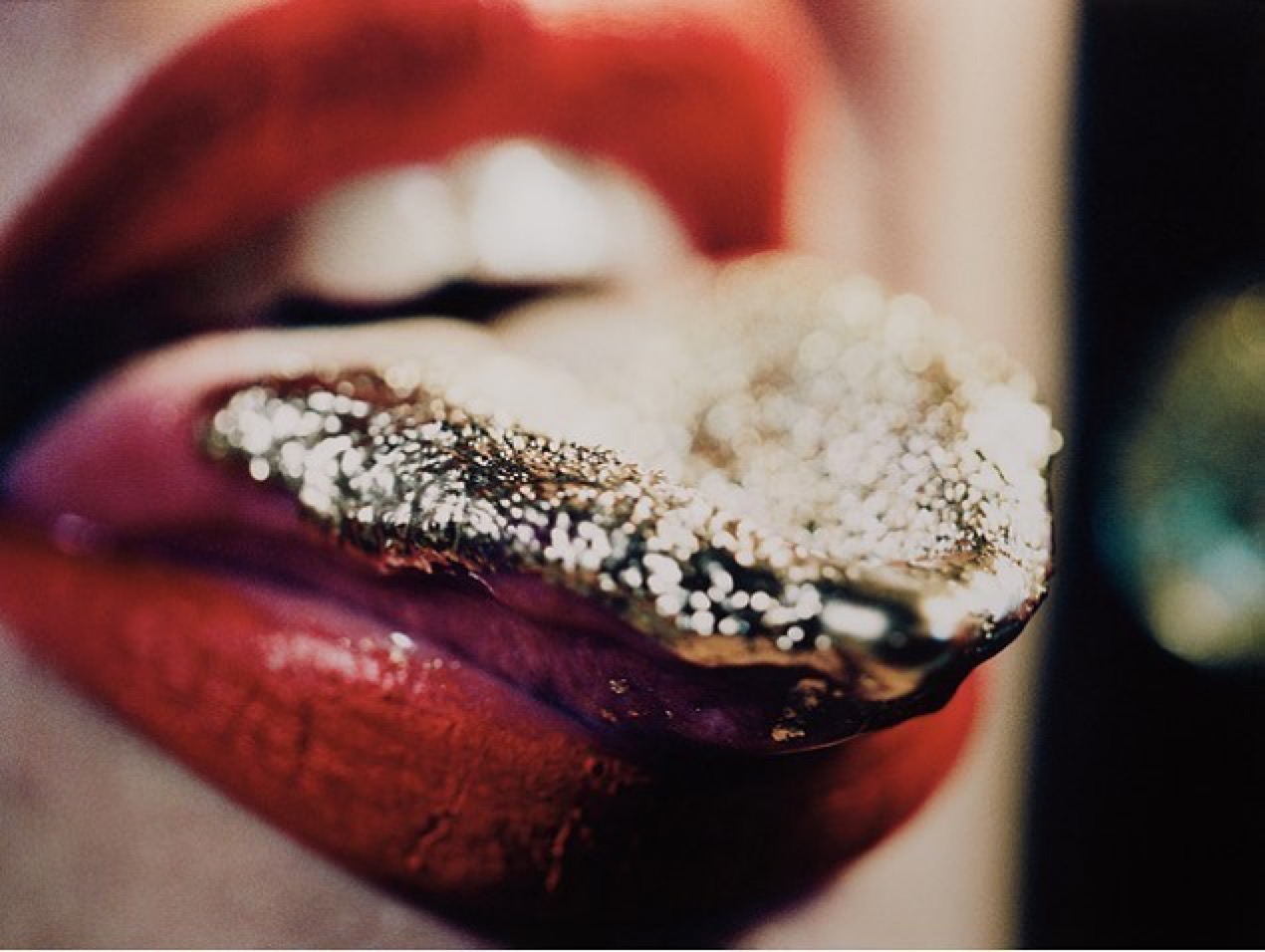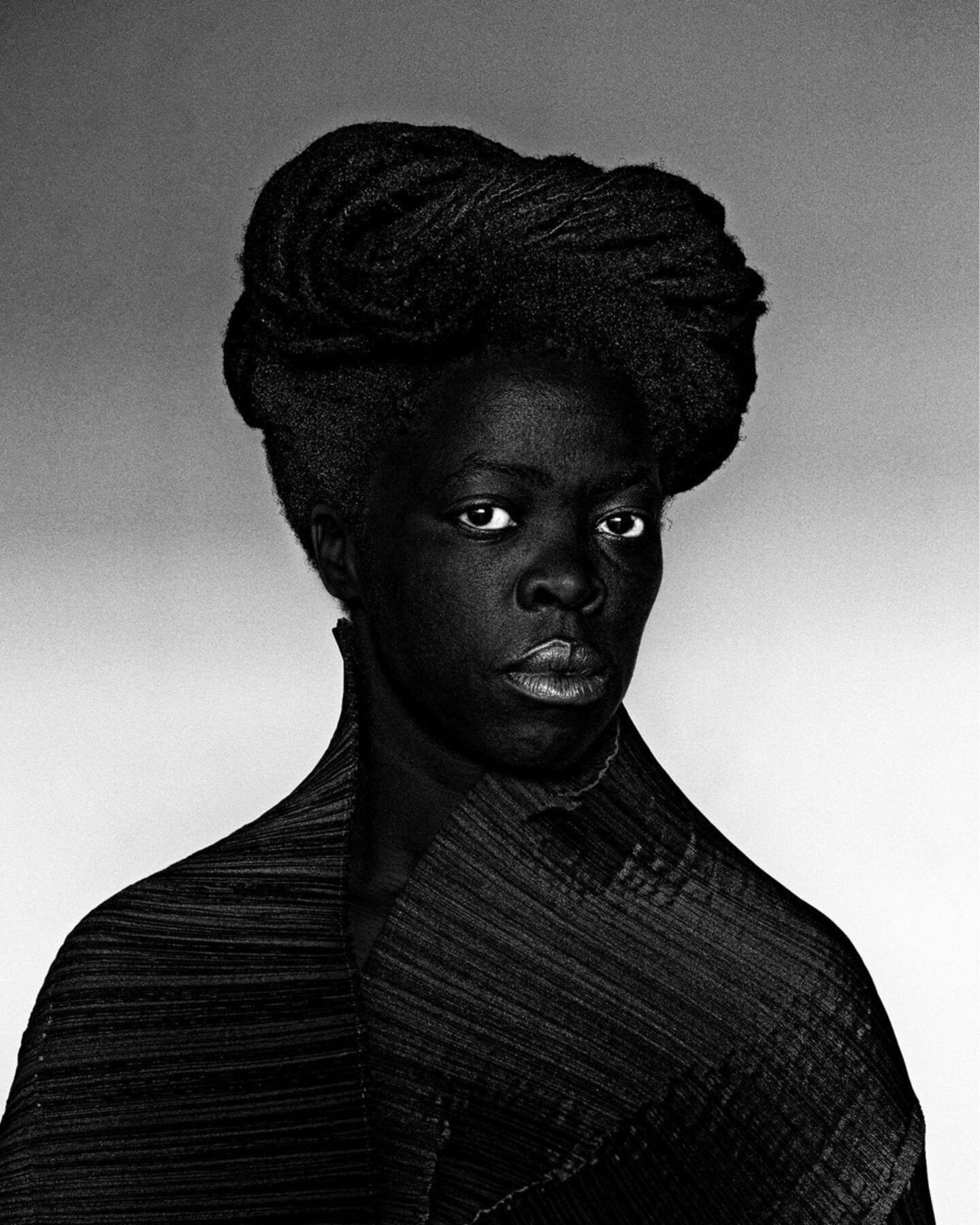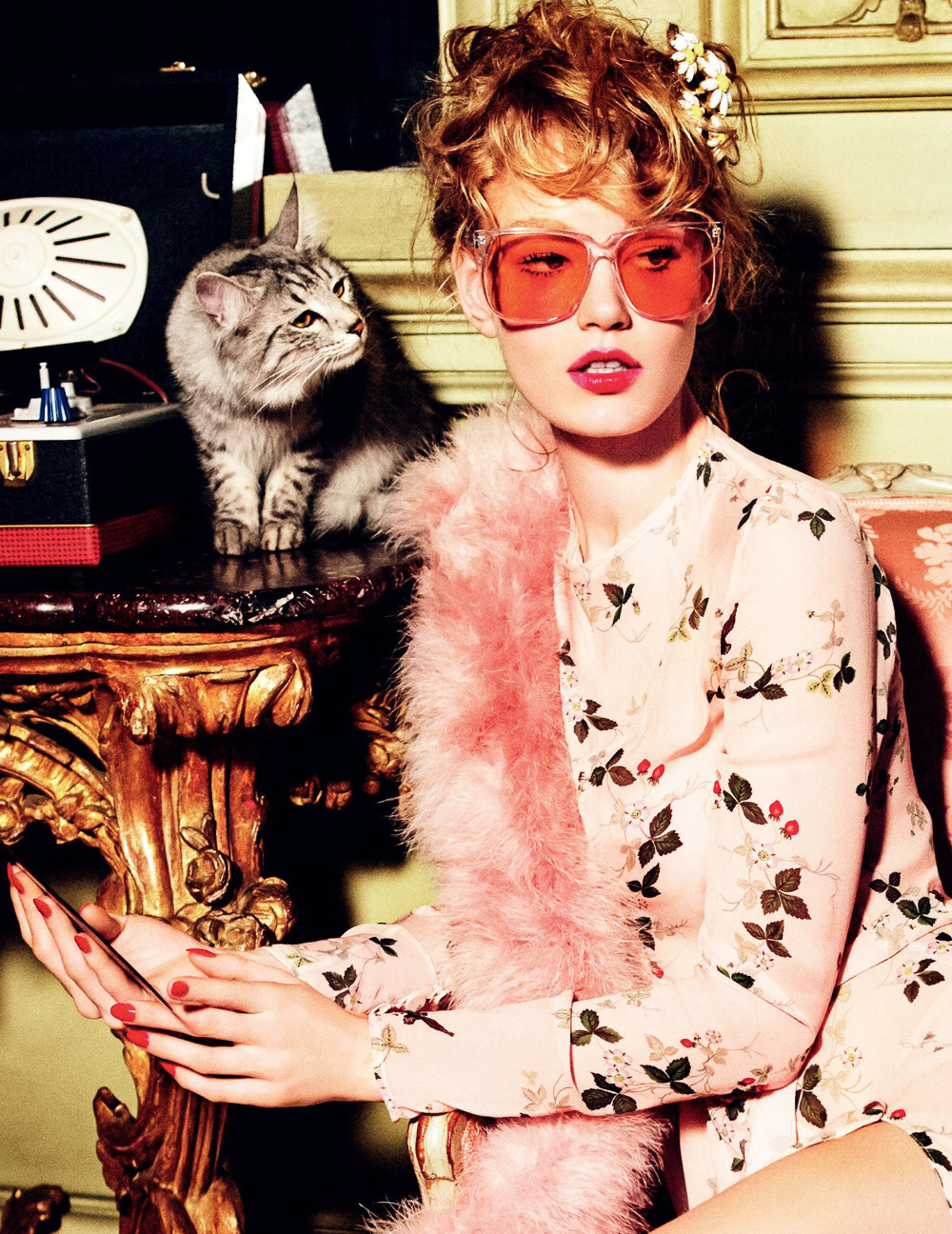A Novice’s Guide to Collecting Photography

Why collect photography in the age of COVID-19? Younger generations take and consume photos with increasing rapidity, providing new collectors more and more familiarity with the medium.
Since its invention, photography has challenged us to question limiting definitions of ‘art’ and value. Commercial or craft? Fact or fiction? Science or art? Photography lacks clear definition, and within the hierarchical history of art it continues to defy our natural categorical impulse. In the absence of concrete status, photography offers us more possibilities than ever before. With a new digital era, visual communication has become our primary source of human connection. From the pictures which dominate news headlines and cover our social media, to the ones which hang in museum exhibitions, photography constantly informs how we understand our world and remember it.
For emerging collectors, photography is the perfect place to start. With more accessible prices than other art forms, photography has become a genre that art experts and novices can interact with universally. Known for showing renowned photographers such as Gabriella Imperatori-Penn, Marco Glaviano, and Jean-Philippe Piter, we speak with the Directors of Space Gallery St Barth, Natalie Clifford and Caitlin Kelly, who give us a few essential terms to know when you begin collecting.
“There is a lower barrier of entry with photography since we interact with it every day in many different contexts,” says Kelly. “Most people, especially young people who have grown up in the age of the internet and social media, have a baseline visual vocabulary, whether they are conscious of it or not.”

Printing Process
Unlike paintings, which are generally unique artworks, photographs are often produced as multiples. There are many different processes for creating a photograph. The details of the production process are often outlined by the description of the medium. Chromogenic print (C-print), dye destruction prints, and polaroid print are all common methods for creating a photograph. Professional photographic printers all use pigment technology and the results are often called archival pigment prints. Black and white film photography are sometimes printed through a process called silver gelatin. There can be slight differences in a photograph between each of these chemical processes in regard to price, longevity, color vibrancy, and detail.

Edition vs. Prints
As photography is a relatively new form of art, it borrows terminology from traditional fine art printing, such as edition and print. This often causes some confusion as photography and fine art prints are different in their production methods, and consequently, their appraised values. It is important for collectors and aspiring collectors to understand the implications of this difference before stepping into the marketplace.
Traditionally, a fine art print refers to one of many copies produced (i.e., 1/100). In photography, copies tend to be much more limited (i.e., 1/25). An edition is a copy of an artwork made from a master and is often assigned a number corresponding to the order of its production. Generally speaking, edition is a better term to discuss photography, as print connotes a work that is widely available.
“An individual photograph can be called a ‘print,’ but we prefer to use the term ‘edition’ in order to avoid confusion,” says Kelly. “The term ‘edition’ is not exclusive to photography and can be used to refer to a fine art print and even a sculpture, so it is really on the dealer to communicate this and the collector to be educated on the basic terminology related to photography when starting to collect.”

Edition Number
For various reasons, photographers tend to restrict the number of editions they produce of a single photograph. From an investing standpoint, the edition number typically has little to no bearing on the photograph’s value. For instance, an edition 9/25 is typically worth the same as an edition 15/25, especially when collecting photographs by contemporary and emerging artists. Galleries may, however, increase the price of a photograph when there are few editions remaining, as this indicates a popularity and scarcity of available editions.
Limited Edition
Just as the term print has become very imprecise over the years, so has the term limited edition. When looking to purchase a photograph, make sure to ask whether the work you are buying is a first edition work and whether the edition is a closed edition. A first edition refers to the first time the photographs have been produced for sale. A closed edition indicates that no additional groups of editions of the photograph will be produced, which greatly increases the scarcity of the photograph.

AP (Artist’s Proof)
Artist’s proofs (AP) and printer’s proofs (PP) are trial proofs that aren’t meant to be sold, but often they too find their way to the market. For the photographer, an AP’s purpose is mainly to gain an impression of what the finished work will look like. Proofs are particularly desirable among collectors due to their rarity and their ability to provide valuable insight into the artist’s creative process. However with the advent of modern digital printing, trial proofs and numbered editions are the exact same.
Image Size vs. Print Size
Collectors may see a photograph listed with its image size and print size where the image size refers to the size of the actual photograph image while the print size refers to the total dimensions of the photograph including a border.

Primary Market vs. Secondary Market
All purchases of artwork fall into one of two market categories: primary market and secondary market. The primary market refers to the marketplace in which any artwork is being offered for sale for the first time. According to Clifford, when you buy a primary market piece, it’s important to keep a copy of your invoice on file, and documentation of whether work is signed and dated, or of any markings.
If you make a purchase from a secondary market source – a dealer, fellow collector, auction house – you should look for as much documentation of prior sales and conditions as possible as well as finding out all the other essential details.
Beyond the brass tacks of collecting, how do I decide?
As important as technical information is, prioritize your relationship to the work. Do you love it? As Clifford explains, “The leading factor is always that we connect with the work and believe in its aesthetic.” Especially if you are buying the work of an emerging artist, your purchase contributes to the establishment of that artist’s trajectory. Ask yourself if this artist and their piece compel you, and if you want to invest in the work they do.


